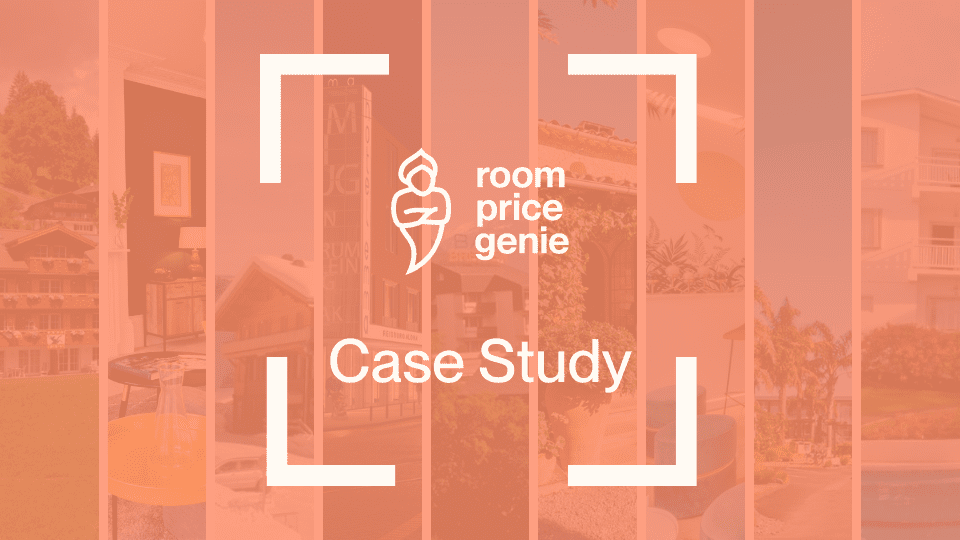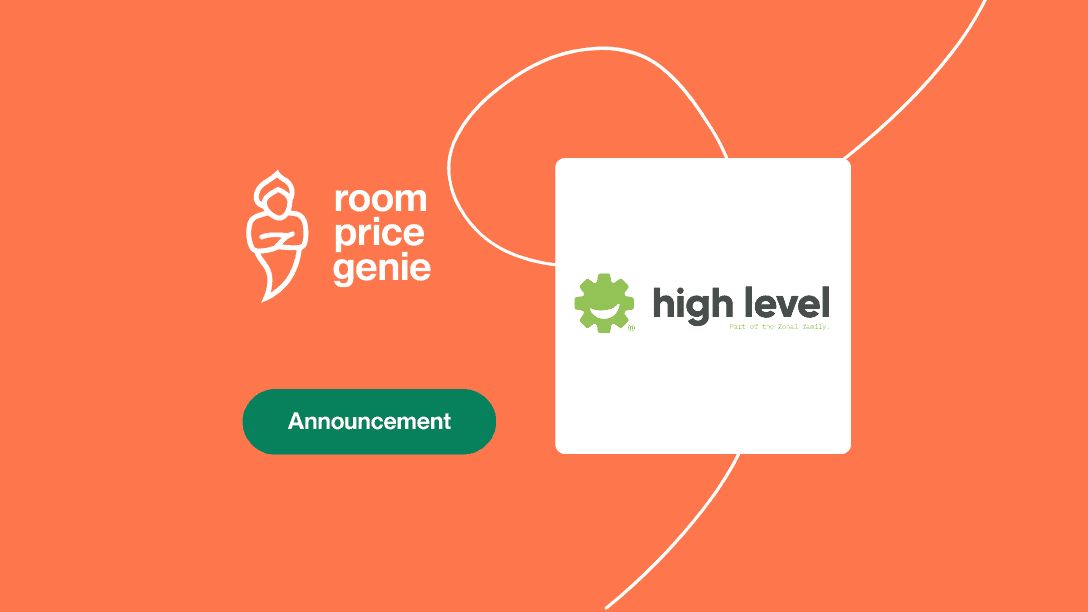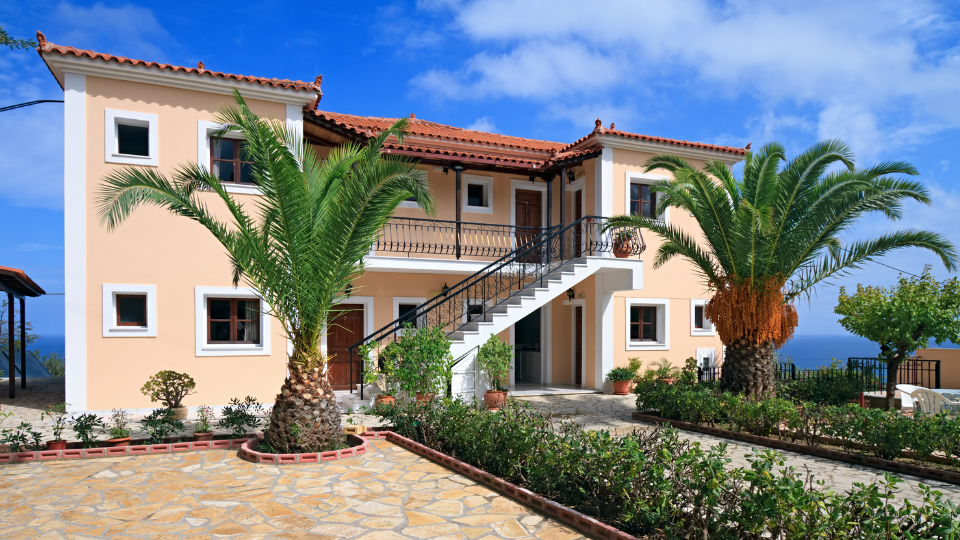When people think of branding, they maybe think that means getting a good logo. But is this all there is to it? Absolutely not! And it is extremely important in determining the success of your hotel.
What is your brand? Your brand is a combination of your promise to the customer, the role you play for them, and their perception of your merits. It’s the feeling someone has when they think of you.
Branding is heavily connected to positioning. Positioning is working out who you are for and what you do for them. And branding is about showing everyone what your positioning is; associating concrete messages and emotions to that position.
In the hotel space, think about the Accor brand IBIS. What does it mean to you? Basic, clean, standard quality, good price. If you just want a place to sleep at a low price you can confidently stay there. The logo is basic. They are very clear about what they stand for.
Then think about another Accor brand, Raffles. Is their branding similar? Not at all. Their branding is all about old-style luxury with a colonial style.
Now picture another Accor brand – Banyan Tree. They are about luxury too, but this is more focused on wonderful natural experiences in beautiful locations.
These are the same hotel group, but three very different value-propositions. And they have many more.
Why don’t they just have one brand – Accor hotels? This is what we will discuss below.
We’d like you to have a think about your property. Who is your hotel or apartment group for? And what does it stand for?
We will address this topic in 3 sections:
- First: verifying your target market
- Next: creating an offer for them
- And last: showing that offer
Verifying your target market
Let’s start with the basics of positioning. A hotel can’t be everything to everyone. By trying to attract too broad a market, you will typically end up appealing to no-one and being too expensive for everyone.
Taking your hotel as an example, and examining your target market… Maybe write down on a piece of paper, the top-3 target clients your hotel has.
For example, your top 3 target markets may be 1) couples at weekends, 2) groups from abroad and 3) business travellers in the week.
Now look closer at each of these.
- What is their typical age?
- What is their sociodemographic grouping?
- Where are they from? Which country?
- How much money do they have to spend?
These are more factual. But now think about more abstract things:
- What is their motivation?
- What are their expectations?
- What would they really appreciate?
Now think of your competitors in the area:
- Who are they appealing to?
- What has been shown to be very popular that you can easily copy?
- And looking at it the other way, is there some niche where you can provide better service than them?
To show how the process works, I’ll give an example hotel. It is a modern Swiss ski hotel and is targeting mainly young Swiss people, but also families and foreign visitors with budget constraints but who want something modern and cool. We will come back to this hotel later.
Creating your offer…
There are two parts to creating an offer for your target market.
The first part is to ask what is it that would appeal to your target market that you can offer them?
This may be best described through an example; and fortunately, we have an example – our modern, cool ski hotel mainly for young Swiss people.
What do we offer that they want?
- We offer a modern, comfortable building with bright rooms and convenient ski storage.
- We offer a good location for skiing, near a lift.
- We offer good Wifi.
- We have a cool restaurant/bar.
So far, so good.
The second part of creating an offer is harder. Remember you can not be everything to everyone. The second part of creating an offer is: what to not offer!
We’ve just offered all these cool things that cost us money. But how do we get the price down to the right level by not offering things that are nice to have but unnecessary.
Let’s go through our example.
What do we leave out in order to make it cheaper?
- We leave out ski-in, ski-out – the location is good but not total convenience – and this is fine for our market.
- We leave out large rooms. Families would appreciate them but in general, our guests are happy with small rooms.
- We leave out having the reception staffed all the time. We have 3 hours of office hours per day and have self-check-in. This is also fine for our target group.
You can see here that in the areas that are not key, we make sure that we offer enough, but not more than that.
Think about this for your hotel. First, how can you make the offer better for your target markets. Then what are you currently offering that you could do without, in order to cut costs.
Showing your offer
Part 3 of branding is how you show your hotel. You know your target market, you know your offer. How do you present it?
Let’s go back to our ski hotel. What should the website look like?
- It needs to be cool and designed with young people in mind
- It needs to show the great views and beautiful modern design
- It will have photos or videos of skiers or snowboarders for winter and mountain climbers in summer
- Overall, it will represent adventure but also modernity and coolness.
But every hotel is different. Looking cool is good for young people. Looking peaceful or having good kids’ facilities is good for families. Looking established and prestigious may be better for older visitors. You need to know your market and work out how to be right for them.
One final word. When we talk about targeting, we don’t mean excluding. You want to make your product right for one group, but ideally, try to avoid ruling out other people completely by choices that you make that don’t offer too much benefit to the target group.
For example, supposing our ski hotel made their main tagline “Skiing without having annoying families there”. Or painted snowboard graffiti murals on every room wall. Or encouraged local drug-dealers to hang out in the bar. All of these may have the benefit of strengthening the bond with the target group, but in our opinion would be unnecessarily exclusionary.
So to summarise, when thinking about positioning your hotel, you should be thinking about 3 things. 1) Who it is for. 2) What you offer them. And 3) how you show the positioning to potential guests (branding).








